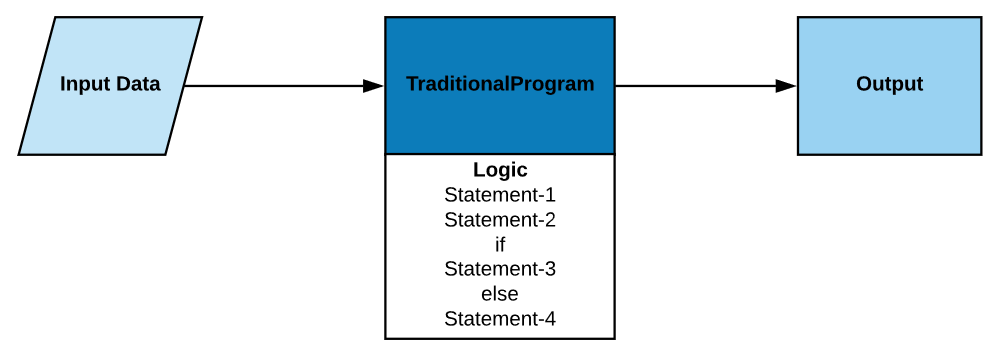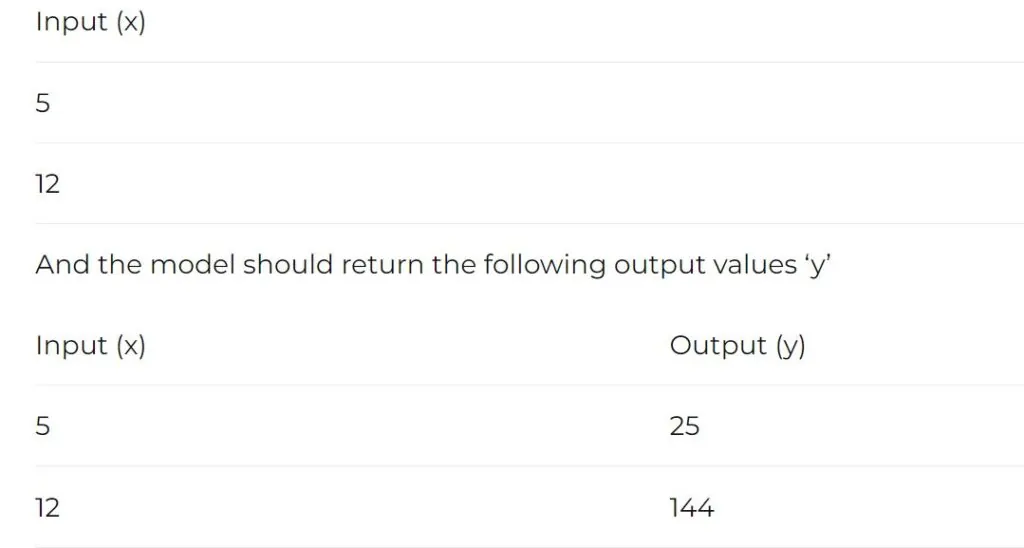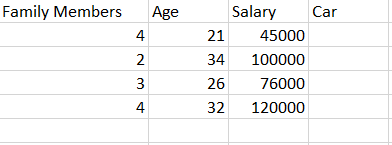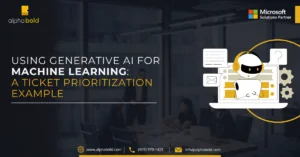Introduction
Machine Learning is the hype among developers these days and is used extensively not only to build innovative and smarter solutions but also to enhance the performance of the existing solutions hence rendering them more valuable. Incorporating vast amounts of data in Machine Learning algorithms enhances their accuracy and efficiency, making this technology indispensable in developing data-centric applications. Machine learning is only a subset of Artificial Intelligence which is an overarching field.
The difference between these technologies is explained here: Artificial Intelligence, Machine Learning, and Neural Networks – Keeping Things in Perspective.
The information available on machine learning can be overwhelming and complex when searched upon, but the idea here is to keep things simple.
Let’s start by defining machine learning as “The ability of the machine to learn from the experience without having to be explicitly programmed.” Machine learning is about making machines more independent by embedding some mechanism into them so that they can improve over time. To better understand machine learning, let’s compare it to the traditional way of programming. The following workflow depicts the working of a traditional logic-driven program:

Here, we see that the program is built upon logic. We give input data, and the program produces an output based on the logic. The important thing to note here is that the program will always produce the same output for a given input. Compared with the machine learning approach, data is more central to ML solutions than logic is to traditional ones.

ML program gets trained on the data rather than any hard-coded logic, which allows ML algorithms to learn over time mimicking the human learning behavior. Let’s suppose you have a data set about weather information for the last 10 years, and you train your ML program on this data. After training, you give input data to the program, and it produces an output based on the learning. From this output, you can calculate the accuracy of your algorithm and feedback on the result into the training data. This will increase the dataset, and hence, the program will improve its output next time.
Machine learning can be divided into three subcategories:
- Supervised machine learning
- Unsupervised machine learning
- Reinforcement learning
We have separate content on reinforcement learning, so here, our focus is on the other two types, supervised and unsupervised machine learning.
Read more: AI Machine Learning For Sales Forecasting
Elevate your Business with Machine Learning!
Take the first step with AlphaBOLD towards integrating advanced machine learning into your operations for efficiency and competitive advantage.
Request a ConsultationSupervised Machine Learning
Supervised machine learning can be seen in two perspectives and I will try to touch on both to make you understand this concept.
Let’s first try to learn machine learning through some math. We all know that a function in math is:
y = f(x)
Where ‘x’ is known as the independent variable and ‘y’ is known as the dependent variable, given the input value ‘x’, the function ‘f’ produces an output ‘y’. This function is a collection of pre-defined steps performed on the input value x to produce the output y. In the supervised machine learning approach, this function is replaced by a statistical model that is kept empty. We feed this model with a dataset that initially contains both input and output values, and the model learns from this data and builds an input-output relationship internally. After this, we give the actual data, which only consists of input values ‘x’, and the model then predicts the output value ‘y’ based on the input-output relationship that it has developed previously.
Let’s consider that we have the following dataset:

We feed this data to our model, the model will learn from these values using some statistics and will build an input-output relationship. After this training, let’s suppose we feed the following data to our model:

(Note: The model will produce the correct output only if it has learned perfectly and mapped the input-output function correctly otherwise, it will produce wrong outputs, which can then be improved with time)
This input-output in math is called features and labels in Machine learning. Feature is one or more columns in your input dataset, and label is the output that you are trying to predict based on those features.

In the above dataset, let’s suppose we are trying to predict the car that a person will buy based on the family members, age, and salary of the person. Family members, age, and salary are the features, and the car that is the final choice, or the result is called a label.
The model is trained on the dataset containing both the features and labels. Based on the dataset, the model tries to map the input-output function. When you provide another input containing only features, the model predicts the corresponding output or the label.
Unsupervised Machine Learning
Unsupervised machine learning is used when we don’t have label data or in other words, we don’t know the output. In unsupervised ML, you just feed bunch of data to the model and the model will learn from the dataset and will make different groups and classify each data point into one of the groups based on the similarity of features. This is known as clustering which is a type of unsupervised machine learning.

Let’s suppose if we feed the above data to the model, the model will try to make groups and try to put each data point into a group. The model may classify these input data into sports items and girls’ stuff.
Unlock the Potential of Machine Learning!
Embark on your path to leveraging AI and machine learning for transformative insights with AlphaBOLD. Let's unlock the power of your data together.
Request a ConsultationConclusion
The input data is important for machine learning because your model is dependent on the data. The only thing the ML model gets as input is the dataset, and the accuracy of predictions made by the model is directly dependent on the quality of data you feed to the model. Just imagine a little kid, if the kid is grown up in a better environment, that kid will learn better and will make better decisions. Similarly, the ML model gets mature with time as you feed more and more data to it just like a kid gets mature with age and experience. According to some surveys, 70% time of an ML project is spent on gathering and preparing the dataset.
We at AlphaBOLD specialize in implementing innovative Machine learning solutions to help grow your business. Contact us; we will be more than happy to help you.
Explore Recent Blog Posts






